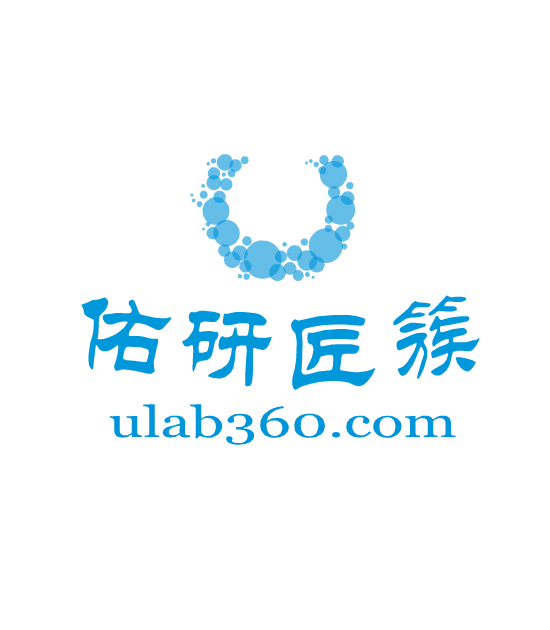描述:
B7-2, also known as CD86, B70, and ETC-1, is a 60-100 kDa variably glycosylated protein in
the B7 family. B7 family members are transmembrane cell surface molecules that play
important roles in immune activation and the maintenance of immune tolerance. Mature
human B7-2 consists of a 224 amino acid (aa) extracellular domain (ECD) with two Iglike
domains, a 21 aa transmembrane segment, and a 61 aa cytoplasmic tail. Within the ECD,
human B7-2 shares 59% aa sequence identity with mouse and rat B7-2. Alternative splicing
of human B7-2 generates additional isoforms that lack both Iglike domains or a region that
includes the transmembrane segment. B7-2 is highly expressed on activated antigen
presenting cells (APC), e.g. B cells, dendritic cells, and monocytes, as well as on vascular
endothelial cells. B7-2 and the closely related B7-1/CD80 exhibit overlapping but distinct
functional properties. Their binding to CD28, which is constitutively expressed on T cells,
enhances T cell receptor signaling and also provides TCRindependent costimulation.B7-1
and B7-2 additionally bind the CD28-related protein, CTLA-4, which is upregulated and
recruited to the immunological synapse (IS) at the onset of T cell activation.CTLA-4 ligation
inhibits the T cell response and supports regulatory T cell function. B7-2 is expressed earlier
than B7-1 following APC activation, and both proteins bind with higher affinity to CTLA-4 than
to CD28. B7-2 promotes the stabilization of CD28 in the IS, while B7-1 is primarily responsible
for promoting CTLA-4 recruitment and accumulation in the IS. The relative participation of
B7-1 and B7-2 in T cell costimulation can also alter the Th1/Th2 bias of the immune response.
Both B7-1 and B7-2 serve as cellular receptors for B species adenoviruses.
原厂资料:
B7-2, also known as CD86, B70, and ETC-1, is a 60-100 kDa variably glycosylated protein in
the B7 family. B7 family members are transmembrane cell surface molecules that play
important roles in immune activation and the maintenance of immune tolerance. Mature
human B7-2 consists of a 224 amino acid (aa) extracellular domain (ECD) with two Iglike
domains, a 21 aa transmembrane segment, and a 61 aa cytoplasmic tail. Within the ECD,
human B7-2 shares 59% aa sequence identity with mouse and rat B7-2. Alternative splicing
of human B7-2 generates additional isoforms that lack both Iglike domains or a region that
includes the transmembrane segment. B7-2 is highly expressed on activated antigen
presenting cells (APC), e.g. B cells, dendritic cells, and monocytes, as well as on vascular
endothelial cells. B7-2 and the closely related B7-1/CD80 exhibit overlapping but distinct
functional properties. Their binding to CD28, which is constitutively expressed on T cells,
enhances T cell receptor signaling and also provides TCRindependent costimulation.B7-1
and B7-2 additionally bind the CD28-related protein, CTLA-4, which is upregulated and
recruited to the immunological synapse (IS) at the onset of T cell activation.CTLA-4 ligation
inhibits the T cell response and supports regulatory T cell function. B7-2 is expressed earlier
than B7-1 following APC activation, and both proteins bind with higher affinity to CTLA-4 than
to CD28. B7-2 promotes the stabilization of CD28 in the IS, while B7-1 is primarily responsible
for promoting CTLA-4 recruitment and accumulation in the IS. The relative participation of
B7-1 and B7-2 in T cell costimulation can also alter the Th1/Th2 bias of the immune response.
Both B7-1 and B7-2 serve as cellular receptors for B species adenoviruses.



 京公网安备11010802025653 版权所有:北京逸优科技有限公司
京公网安备11010802025653 版权所有:北京逸优科技有限公司